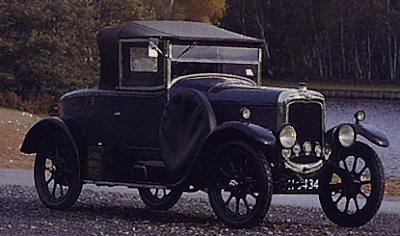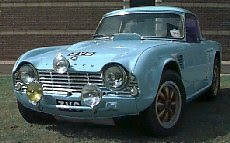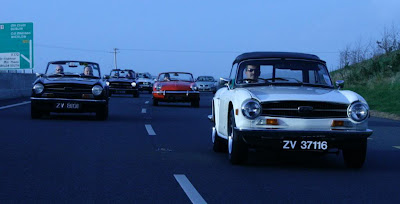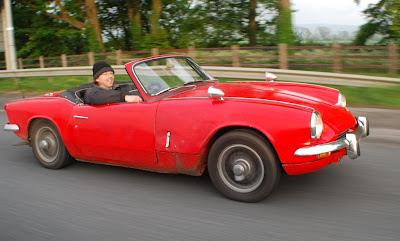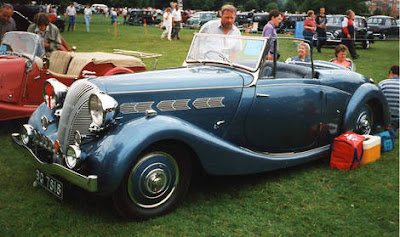The History Of The Triumph Classic Cars with Triumph 13/35 cars models (Triumph Cars Models)
The Triumph 13/35 or 12.8 was a car manufactured from 1924 to 1926 by the Triumph Motor Company in the UK.
It was powered by a four cylinder 1872 cc engine of 72 mm bore and 115 mm stroke with single Zenith carburettor which produced 36 bhp.
It was the first British production car to be fitted with hydraulic brakes on all wheels. These were made by Lockhead and were of the external contracting type.
Approximately 2500 of this model and the parallel 15/50 models were made. It was generally priced at about £375-495.
It was powered by a four cylinder 1872 cc engine of 72 mm bore and 115 mm stroke with single Zenith carburettor which produced 36 bhp.
It was the first British production car to be fitted with hydraulic brakes on all wheels. These were made by Lockhead and were of the external contracting type.
Approximately 2500 of this model and the parallel 15/50 models were made. It was generally priced at about £375-495.



